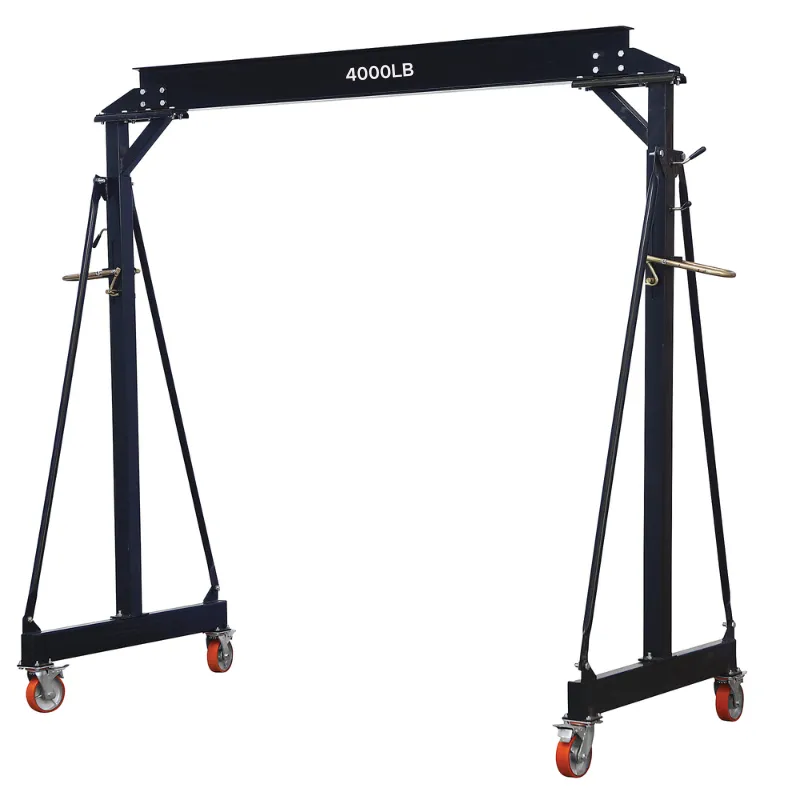Efficient Strategies for Moving Heavy Machinery Safely and Effectively
The Complexities of Heavy Machinery Relocation
Heavy machinery relocation is a critical aspect of industrial operations, encompassing the movement of large and heavy equipment from one location to another. This process is essential for various industries, including construction, manufacturing, mining, and energy. While it may seem straightforward, relocating heavy machinery involves a myriad of complexities that require meticulous planning, coordination, and execution.
Understanding the Need for Relocation
Before delving into the intricacies of machinery relocation, it’s essential to understand why it’s necessary. Companies may need to relocate machinery for several reasons, including operational efficiencies, facility upgrades, site closures, or expansions. For instance, a construction company may move its equipment to a new job site to optimize workflow and reduce transportation costs. Similarly, manufacturing plants may relocate machinery to accommodate a new production line or to respond to changes in market demand.
Planning the Relocation
The planning phase is arguably the most crucial aspect of heavy machinery relocation. It involves assessing the machinery to be moved, the routes to be taken, and the potential challenges involved. Key considerations include the weight and dimensions of the equipment, the terrain, and any environmental factors that could impact the relocation process.
First, a thorough inventory of the machinery should be completed, taking into account the type, weight, and any special handling requirements. This inventory helps in selecting the right transportation method and equipment for the job. Additionally, a detailed route analysis is essential to identify any obstacles such as low bridges, narrow roads, or power lines that may hinder the movement of oversized loads.
heavy machinery relocation

Coordination and Execution
Once planning is complete, coordination becomes paramount. This stage involves collaboration between various stakeholders, including project managers, engineers, logistics teams, and local authorities. Depending on the scope of the relocation, permits may be required to transport heavy loads, especially on public roads. Securing these permits can be a time-consuming process, underscoring the importance of beginning this phase early in the planning cycle.
Furthermore, the execution of the relocation must be carried out with precision. Specialized equipment such as cranes, dollies, and flatbed trucks are often used to transport heavy machinery safely. The selection of these vehicles must align with the specific needs of the operation, and careful loading and unloading procedures must be followed to prevent damage to the equipment and ensure the safety of personnel.
Safety is a paramount concern during the relocation of heavy machinery. All personnel involved must be trained in safety protocols, and appropriate safety gear should be worn at all times. Proper signage and barriers are also critical in ensuring that the area around the relocation site is secure, reducing the risk of accidents.
Post-Relocation Considerations
After the machinery has been successfully relocated, it’s crucial to conduct a thorough inspection to ensure everything is operational. This includes checking for any damage that may have occurred during the move, as well as recalibrating machines to ensure they are set up properly in their new location. Operators and maintenance personnel should also be briefed on the machinery’s new setup and any changes in operation procedures.
In conclusion, heavy machinery relocation is a complex process that requires detailed planning, coordination, and execution. Though it may seem like a straightforward task, the challenges involved necessitate a strategic approach to ensure safety, efficiency, and operational continuity. By understanding the nuances of machinery relocation, companies can better prepare for this essential aspect of industrial operations, ultimately leading to improved productivity and job site efficiency. As industries evolve and demand for heavy machinery continues to grow, the importance of effective relocation strategies will only become more pronounced, shaping the future of industrial logistics.
-
Unlock Seamless Relocation with Our Heavy Equipment Moving ExpertiseNewsJun.06,2025
-
Unleash Unrivaled Flexibility with Our Adjustable Gantry CraneNewsJun.06,2025
-
Unleash Heavy-Duty Efficiency with Our Industrial Gantry Crane SolutionsNewsJun.06,2025
-
Revolutionize Steel Handling with Our Magnetic Lifter RangeNewsJun.06,2025
-
Master Equipment Mobility with Premium Machinery Mover SolutionsNewsJun.06,2025
-
Elevate Your Material Handling with Magnetic Lifter TechnologyNewsJun.06,2025
-
YS Permanent Lifting Magnets: The Smarter Way to Handle SteelNewsMay.22,2025
